Coral Placement & Designing a Reef Tank
- Dec 02, 2021
- Anshika Mishra
- 660 0 0
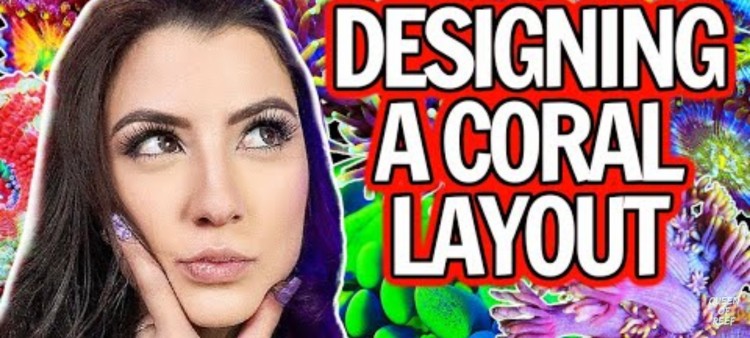
So, you have set up your reef tank with full cycling, and you need to plan the overall layout and coral placement. Planning a coral layout and having a vision for your tank are quite important.
When you see an incredible reef tank, that blows your mind. In those tanks, it looks like all the corals are meant to be placed next to each other. The reason why these tanks are so visually appealing is that they were thought out beforehand.
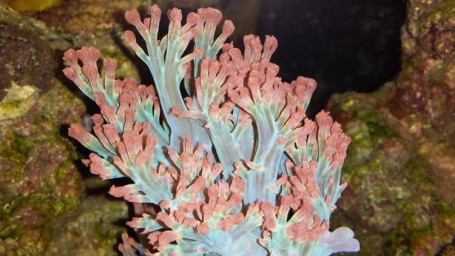
The beautiful tank looks beautiful because the person behind it had a vision of how it will eventually look and planned out how to make that vision come to life.
So, in this article, we are sharing with you a complete guide to coral placement. So, stay tuned to know how you can approach planning a coral layout and planning a vision for your tank.
Your coral layout tank can be as detailed or flexible as you want it to be, but try to visualize your end goal with your tank build.
Planning
To start the planning process, figure out what kinds of corals you want to keep. Do you want to keep SPS, LPS, or a mix? Also, think about whether there are some specific corals you want to see in your tank. Do you want to have a Zoa garden? Have an Anemone-dominated tank?
Impulse buys are one of the best parts of this hobby. So, remember that this list doesn't have to be stringent, but something that you stick to with no exception. But, if you have to have a hammer garden in your tank, make sure to keep that in mind during the planning process.
Assigning Areas
After figuring out the general types of corals, you want to keep, it's a good idea to think about areas of your tank that could potentially hold different kinds of corals. Each coral has its own individual need and requirements for flow, lighting, and who it can tolerate as its neighbor.
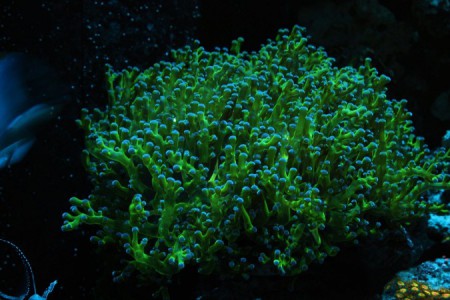
So, we must take all of this into account. Each coral you add to your tank will only have so many positions in your tank that it will thrive in. Even if you are not set on any specific type of coral, think about what all your options are for certain areas.
Consider how light and flow affect the choices you can make. The last this you want to do is impulse purchase a coral down the road and realize that you don't actually have any real estate left in the places it can thrive in.
Color and Growth Patter
Another consideration when planning out your coral layout is to think about the colors of your corals and their growth pattern. Corals in their growth patter have a range of colors throughout the tank, and avoid adding too many corals with the same color because it can easily make your tank look bland.
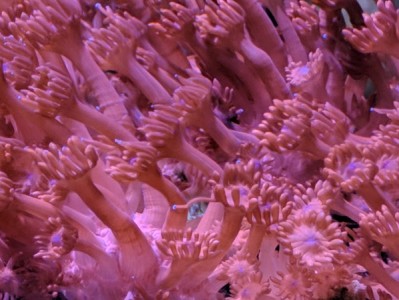
When thinking about your coral's layout, it's also a good idea to use color theory in your layout. It is also a good idea to use color theory to your advantage. Place corals that are complementary in colors next to each other. It creates contact between corals and makes them stand out.
It is an easy way to make the colors of your coral look artificially brighter and emphasize specific corals or areas of your tank.
Another important thing to consider when designing your coral layout is considering your corals' growth pattern and movement. Have a good balance of corals that have little movement and corals that have a lot of movement.
For example, place Acans movement near Hammer garden with a lot of movement. Contrast a Frogspawn with a nice leather coral. Adding variety and contrast to your tank using the corals and the growth pattern of the corals you select is crucial to take into account as you add new addition. Because it makes your tank look visually appealing and sexy to the eyes, and it also mimics the natural reef.
The Placement
So, it is time to incorporate these principles and plan the coral layout process for your tank. Of course, the best way to plan is to play the classic game of pin the coral to the aquascape.
The higher parts of your aquascape will have high light and high water flow, so you should add the coals with the highest light and flow demand on this platform. Then, place the corals according to the color theory.
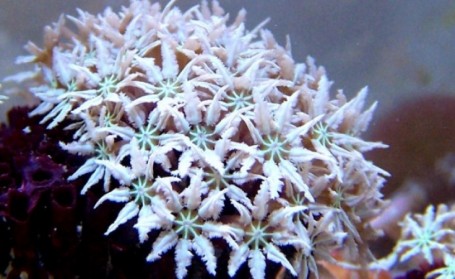






About author